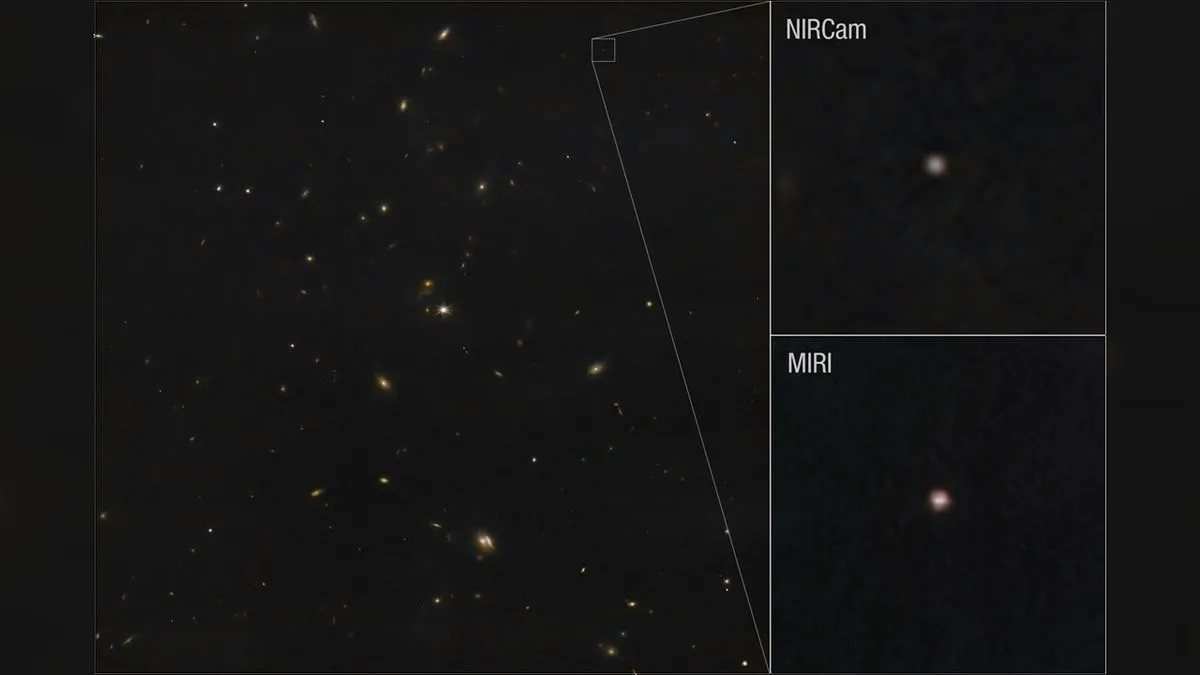
In early 2023, asteroid 2024 YR4 emerged as a significant topic of discussion among astronomers and space enthusiasts alike. Following its discovery, initial calculations indicated a 1-in-83 chance of the asteroid impacting Earth in 2032, translating to an estimated impact risk of around 1%. This alarming statistic prompted experts to issue cautionary statements, although they noted that the likelihood of an actual impact would likely decrease as more data became available.
By the end of February, the predicted odds of 2024 YR4 colliding with our planet had indeed plummeted to nearly zero. Despite this encouraging news, the asteroid remains a subject of interest for scientists, prompting further investigation into its characteristics and behavior.
Recently, scientists turned the James Webb Space Telescope (JWST) towards 2024 YR4, utilizing its advanced capabilities to observe the asteroid in both visible and thermal light. The analysis revealed that the asteroid measures approximately 200 feet (60 meters) in diameter, which is comparable to the height of a 15-story building. Andy Rivkin from the Johns Hopkins University Applied Physics Laboratory noted the significance of this size measurement in understanding the asteroid’s potential impact.
Moreover, the JWST provided valuable insights into the asteroid's thermal properties, revealing how quickly it heats up and cools down. Rivkin highlighted that the thermal characteristics of 2024 YR4 differ from those of larger asteroids, likely due to its rapid spin and a surface composition dominated by relatively large rocks, possibly the size of a fist, rather than fine sand grains.
Studying asteroids like 2024 YR4 using the JWST is critical for advancing our understanding of planetary defense. Rivkin emphasized that this research is invaluable for developing strategies to utilize our space telescopes effectively in the event that another potential impactor is identified in the future. “All together, we have a better sense of what this building-sized asteroid is like,” Rivkin stated, underscoring the importance of this knowledge in shaping future observations.
As we continue to monitor and study near-Earth objects like asteroid 2024 YR4, we enhance our preparedness for any potential threats, ensuring that we are better equipped to respond should another asteroid pose a risk to our planet.